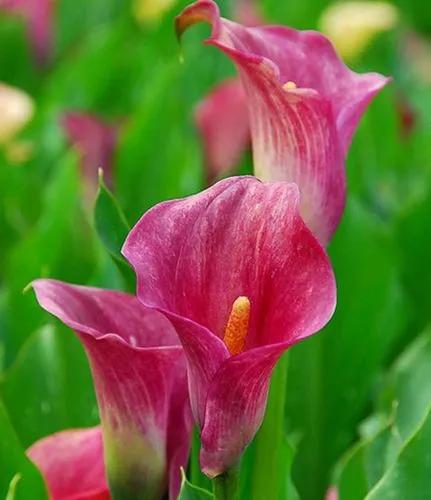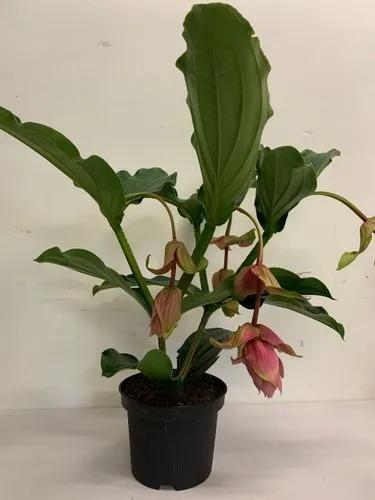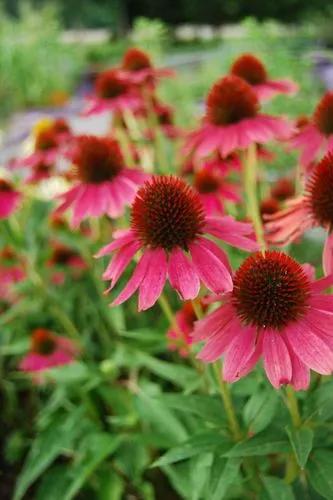Northern blue flag (Iris versicolor) is a member of the iris family more often seen in the wild growing throughout wetlands and along shorelines than in home gardens. This is a shame because homeowners would find this plant easy and attractive to grow, especially along the margins of water features.It is a clump-forming plant with bluish-green, sword-shaped leaves. Its stalks each bear three to five violet-blue flowers with purple veining and a central yellow and white patch. The flowers span up to 4 inches (10.2 centimeters) in diameter, making them an eye-catching addition to any garden.
Blue Flag Care
Iris Versicolor
Other names: Northern Blue Flag, Harlequin Blueflag



How to Care for the Plant

Water

This type of iris is considered a marginal aquatic plant, meaning it grows around the edges of water rather than in deep water. It can tolerate standing in as much as 6 inches (15.2 centimeters) of water, and it can survive being completely submerged for a short period, such as in a flood. It also can tolerate dry spells, though it would prefer to remain consistently moist. Provide a shallow layer of mulch around the plant to retain moisture if necessary, and give it a good watering if the soil ever begins to dry out.

Pruning

cut back the plant in the fall—especially any diseased, dying, or dead parts—so it can more efficiently use its energy.

Fertilizer

Northern blue flag likes a rich soil. So for best results, add some compost around it each spring to provide nutrition. Compost is the ideal fertilizer because it's organic, it's essentially free (if you have a compost bin), and it won't burn your plants the way chemical fertilizers can.

Sunlight

Northern blue flag grows best in full sun to partial shade. If there is too much shade, the plant might fail to flower.

Soil

It craves a loamy soil that is rich in organic matter. But the plant can grow in other soil types when given enough moisture.

Temperature

And though northern blue flag readily grows in climates that experience chilly winters, a new plant can benefit from some cold-weather protection. Blanket the area around the plant for the wintertime with a layer of mulch, hay, leaves, or even just additional soil.

Additional

Many plants in this genus are thought to be poisonous if ingested, so caution is advised. The roots are especially likely to be toxic. Plants can cause skin irritations and allergies in some people. Fresh root can cause nausea and vomiting. The volatile oil furfural is irritant to mucous membranes and causes larchrymation (tears) and inflammation of the eyes. Irritation of the throat and headache also reported. The sap can cause dermatitis. Should not be used internally except in small doses. Should not be used by people with allergies or sensitivities

Popularity

474 people already have this plant 126 people have added this plant to their wishlists
Discover more plants with the list below
Popular articles






